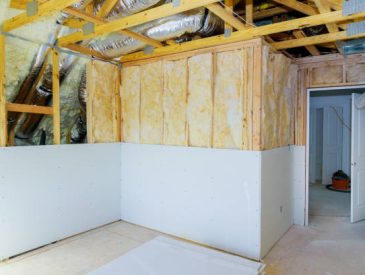Warehouse design plays a crucial role in optimizing distribution efficiency. A well-designed warehouse can streamline operations, reduce costs, and improve overall productivity. By following certain design principles, businesses can ensure that their warehouse is set up for optimal efficiency.
One key principle of warehouse design is maximizing space utilization. This involves carefully planning the layout of the warehouse to make the most of available space. By using tools such as racking systems, mezzanines, and automated storage and retrieval systems, businesses can store more inventory in less space. This not only reduces the need for additional storage facilities but also minimizes travel time within the warehouse.
Another important principle is creating efficient workflows. This involves organizing inventory in a way that minimizes the distance traveled by workers and equipment during picking, packing, and shipping processes. By grouping similar items together and arranging them based on their frequency of use, businesses can reduce travel time and increase productivity.
Additionally, it is essential to consider accessibility when designing a warehouse. This includes ensuring that aisles are wide enough for equipment such as forklifts to maneuver easily and that storage areas are easily accessible for workers. By prioritizing accessibility in warehouse design, businesses can minimize delays and bottlenecks prairieville roofing contractor in operations.
Furthermore, safety should be a top priority when designing a warehouse. Businesses must comply with all relevant safety regulations and implement measures such as proper lighting, clear signage, non-slip flooring, and emergency exits to ensure a safe working environment for employees.
Incorporating technology into warehouse design is another key principle for optimizing distribution efficiency. Automated systems such as barcode scanners, RFID technology, conveyor belts, and robotics can help streamline processes and reduce human error. By leveraging technology in warehouse design, businesses can increase accuracy levels while reducing labor costs.
Lastly , flexibility is an essential principle to consider when designing a warehouse . As business needs change over time , warehouses must be able to adapt quickly without major disruptions . Designing modular layouts , implementing scalable technologies ,and allowing room for expansion are ways to ensure flexibility in warehousing operations .
In conclusion , following these principles – maximizing space utilization , creating efficient workflows , prioritizing accessibility , ensuring safety compliance , incorporating technology,and maintaining flexibility – will help businesses achieve optimal distribution efficiency through effective warehouse design . By investing time and resources into designing a well-organized facility , companies can improve operational performance while reducing costs .
S&T Painting and Remodeling LLC
37494 Provence Pointe Ave, Prairieville, Louisiana, 70769
(225) 396-2525





